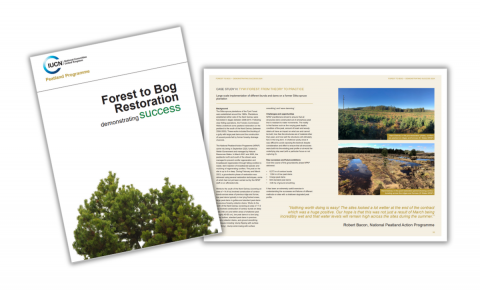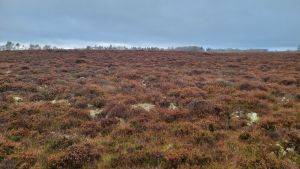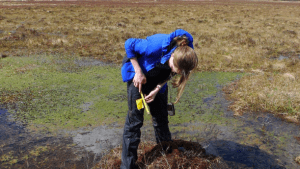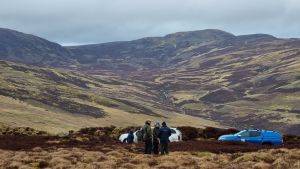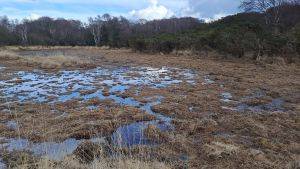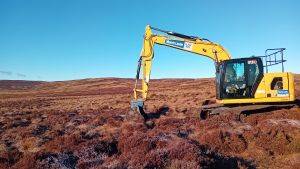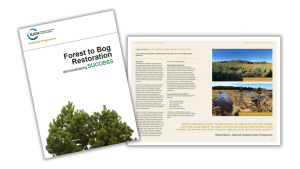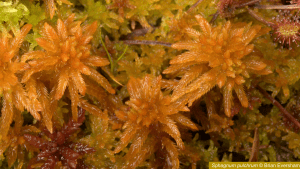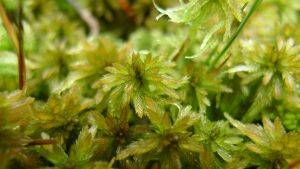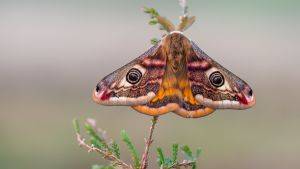The IUCN UK Peatland Programme (IUCN UK PP) has launched a new publication showcasing successes in forest to bog restoration. Plantation forestry covers approximately 18% (439,410 ha) of the UK’s peatlands and has had significant adverse impacts on biodiversity and functionality of peatland habitats, including the loss or displacement of specially adapted plant and animal communities.
The publication ‘Forest to Bog Restoration: Demonstrating Success’ highlights how the practice of restoring afforested peatlands has advanced significantly, thanks to the collaborative nature of the restoration community. Compared to other restoration activities, it can be a much more involved, complex and costly undertaking. However, as this publication demonstrates, it is possible to successfully rehabilitate these damaged areas of peatland and put them on a pathway to recovery of their beneficial climate and biodiversity functions.
Emma Hinchliffe, Director of IUCN UK PP, said,
“Trees and peatlands are two of our largest terrestrial climate regulating systems. Historically we have compromised the ability of both peatlands and commercial forestry on many of our afforested peatland sites with the end result being that neither can fully function. In order to meet the urgency and scale of climate change and biodiversity obligations we need sustainable management across our land use sectors and this publication showcases the opportunities to deliver this ambition.”
As well as looking at the detail of forest to bog restoration, our publication showcases some success stories. The case studies, from across the UK, look at the challenges and opportunities presented by each project as well as celebrating their key successes and future ambitions.
Jess Williams, Policy Lead at IUCN UK PP, said,
“We are pleased to showcase some outstanding examples of restoration from across the UK. We present large multi-stakeholder projects across multiple sites, private individual and community-led projects, and detail novel techniques and approaches that have been employed in the process. We hope that it will provide a useful resource and inspiration to others in the field.”
Read the publication to find out more.
Save the date!
On Wednesday 17 April at 2pm we will be hosting a Forest to Bog Restoration webinar where we will delve deeper into some of the case studies from our publication. More details will be made available on our website soon.

